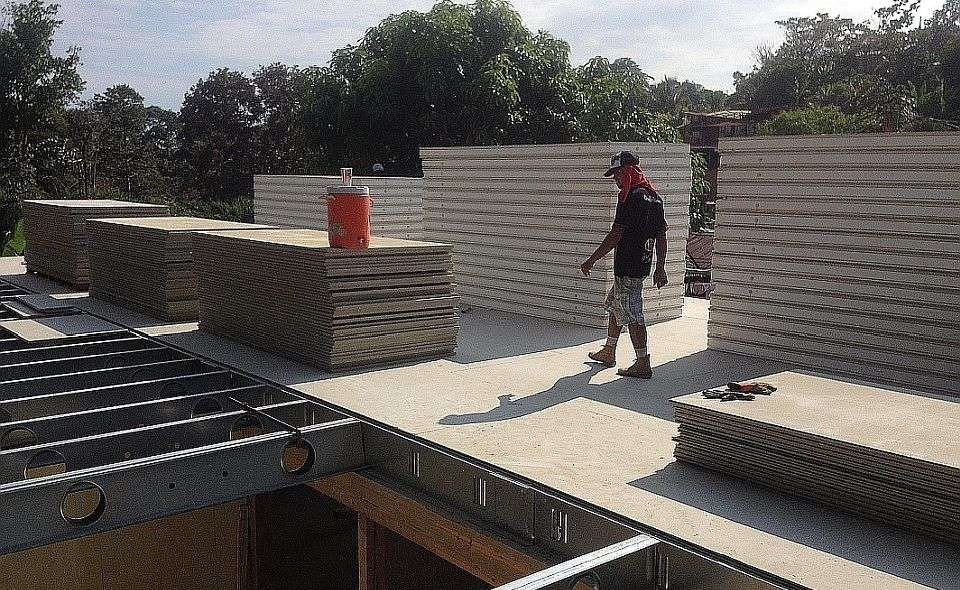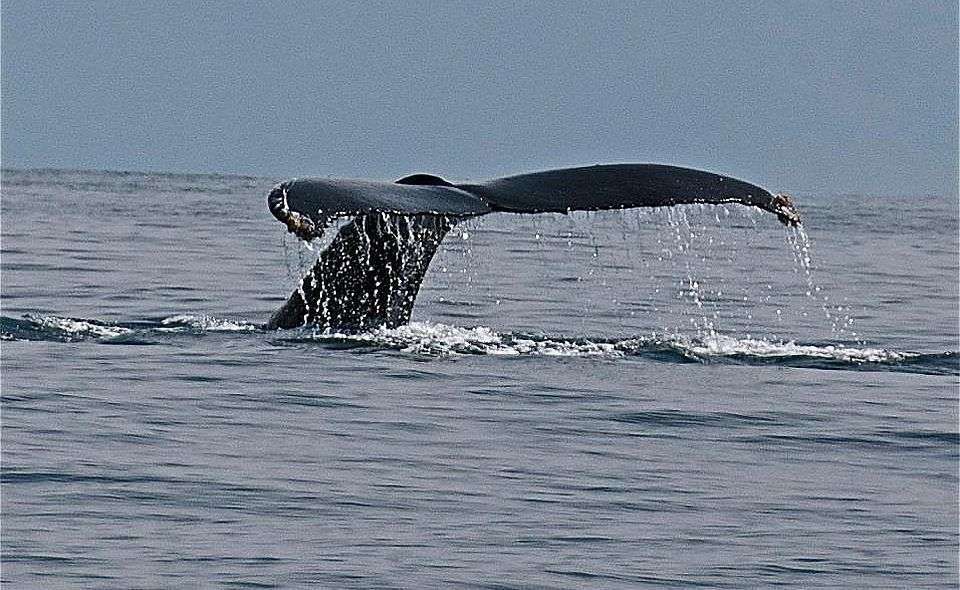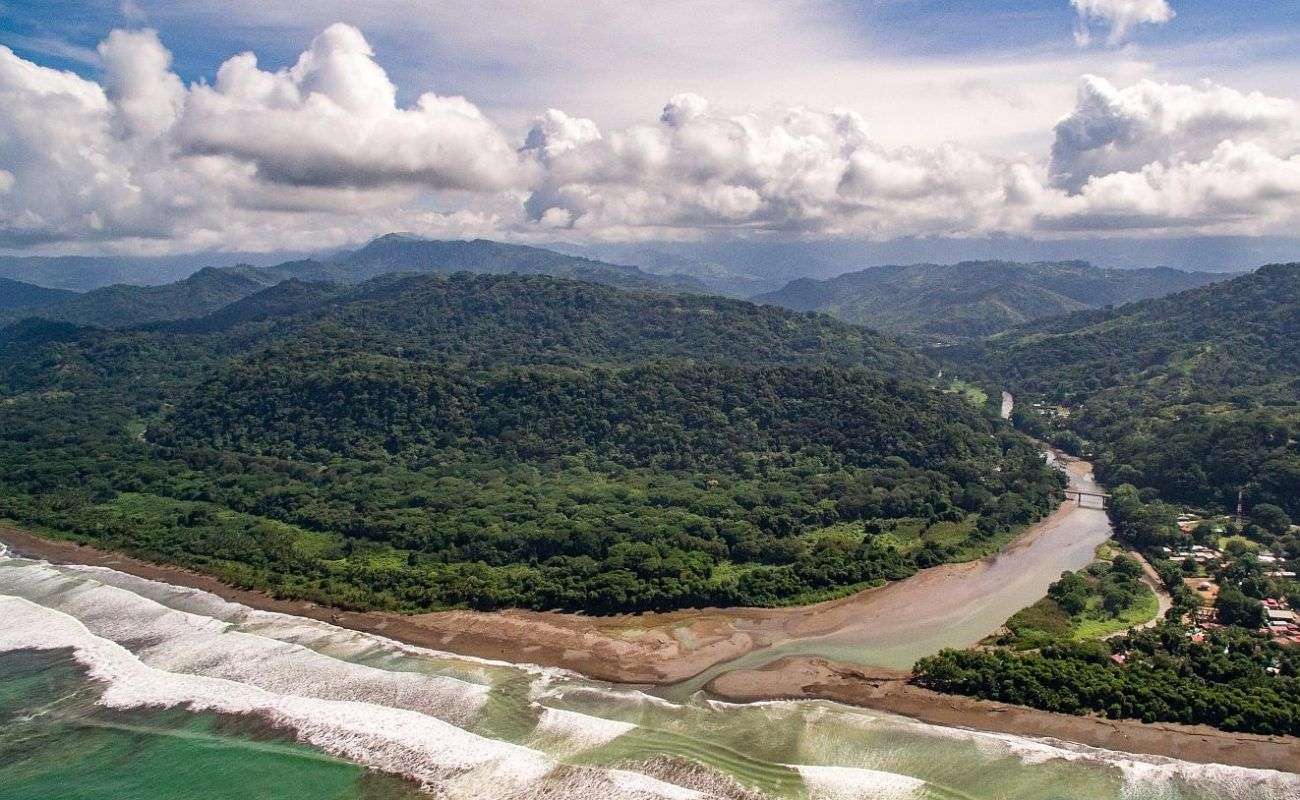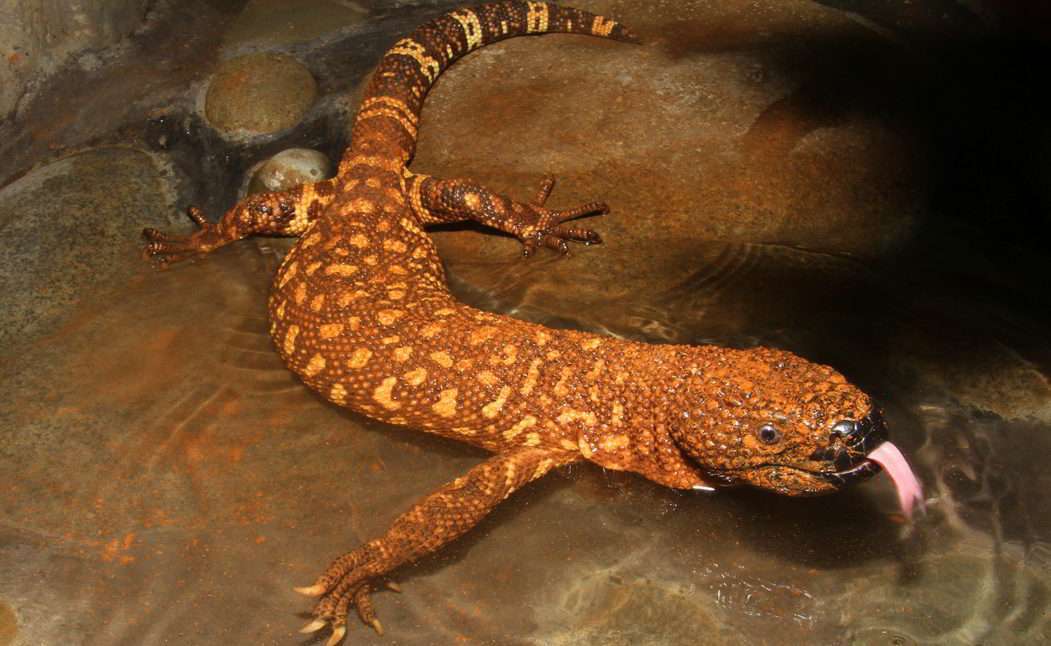The Diquís Archaeological Sites are World Heritage

By Francisco Corrales Ulloa, Archaeologist
Museo Nacional de Costa Rica
Photos by Museo Nacional de Costa Rica
In June 2014, several archaeological sites’ housing stone spheres within the Canton of Osa in Costa Rica were declared World heritage at the XXXVIII annual meeting of the World heritage committee, held in Doha, Qatar.
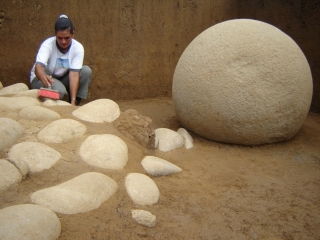 The four archaeological sites are Finca 6, Batambal, El Silencio, and Grijalba-2. All of them are located in the Diquís’ Delta and relate to the pre-Columbian chiefdom colonies existing between 500-1500 A.D.
The four archaeological sites are Finca 6, Batambal, El Silencio, and Grijalba-2. All of them are located in the Diquís’ Delta and relate to the pre-Columbian chiefdom colonies existing between 500-1500 A.D.
In addition to stone spheres, the sites harbor other structures, including mounds, paved areas, and burial sites. The stone spheres are unique artifacts admired locally and internationally. They are spherical sculptures of great perfection, made of gabbro, granodiorite, sandstone, and limestone.
Spheres, different sizes and uses
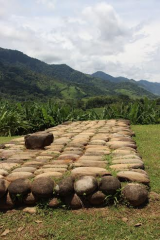 All the spheres found have different sizes (from 7 cm to 2.57 m in diameter), and their appearance goes from rough to polished. Hundreds of them have been found so far, and the archaeological excavations give evidence of the variety of contexts under which they were given different applications. The stone spheres are considered an example of human creative genius, artistic achievement, and craftsmanship of preColumbian societies.
All the spheres found have different sizes (from 7 cm to 2.57 m in diameter), and their appearance goes from rough to polished. Hundreds of them have been found so far, and the archaeological excavations give evidence of the variety of contexts under which they were given different applications. The stone spheres are considered an example of human creative genius, artistic achievement, and craftsmanship of preColumbian societies.
The sites are the physical remains of the complex political, social, and productive pre-Columbian societies based on hierarchical structures. The chiefdoms inhabiting the Diquís’ Delta in Osa, created regional hierarchal colonies. In the same fashion, the colonies had their own internal social divisions of power centers.
Each archaeological site has its own characteristics
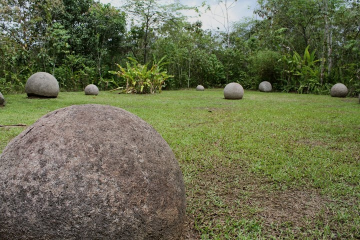 The four sites named in the World Heritage list, bring specific elements to allow the understanding of the chiefdoms. For example, Finca 6 is the only place keeping the stone spheres in a linear fashion.
The four sites named in the World Heritage list, bring specific elements to allow the understanding of the chiefdoms. For example, Finca 6 is the only place keeping the stone spheres in a linear fashion.
Batambal is famous for its strategic positioning to allow landscape visibility. El Silencio, houses the largest stone sphere ever found. Grijalba-2 is the site showing evidence of limestone use, as well as distinctive features of a subordinate center, unlike Finca 6, which was probably a primary center.
For its outstanding universal value, world heritage sites are of international importance and one of the keys to understanding the human development.
This declaration also acknowledges the legacy of ancient people, supporting indigenous groups in their journey to claim their rights.
For the Osa community, these sites are a core piece of their identity and a source of pride. It is also the opportunity to fortify an evolutionary paradigm based on the sustainability of their natural and cultural resources and ability to provide a long-term benefit for its people.







